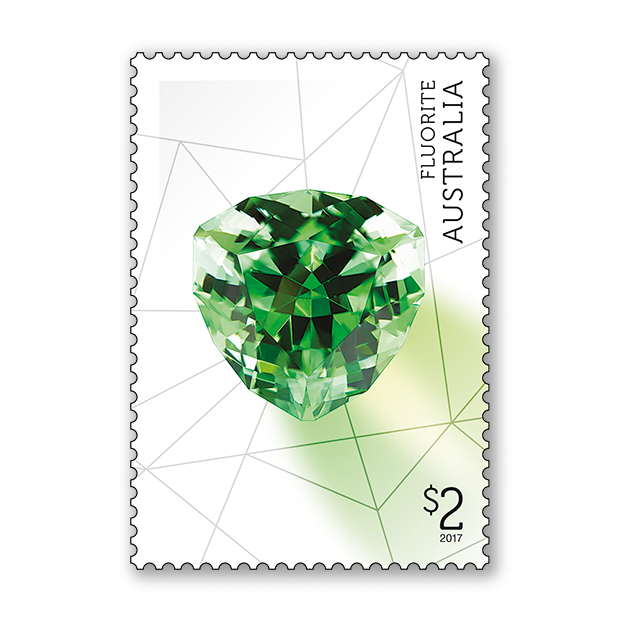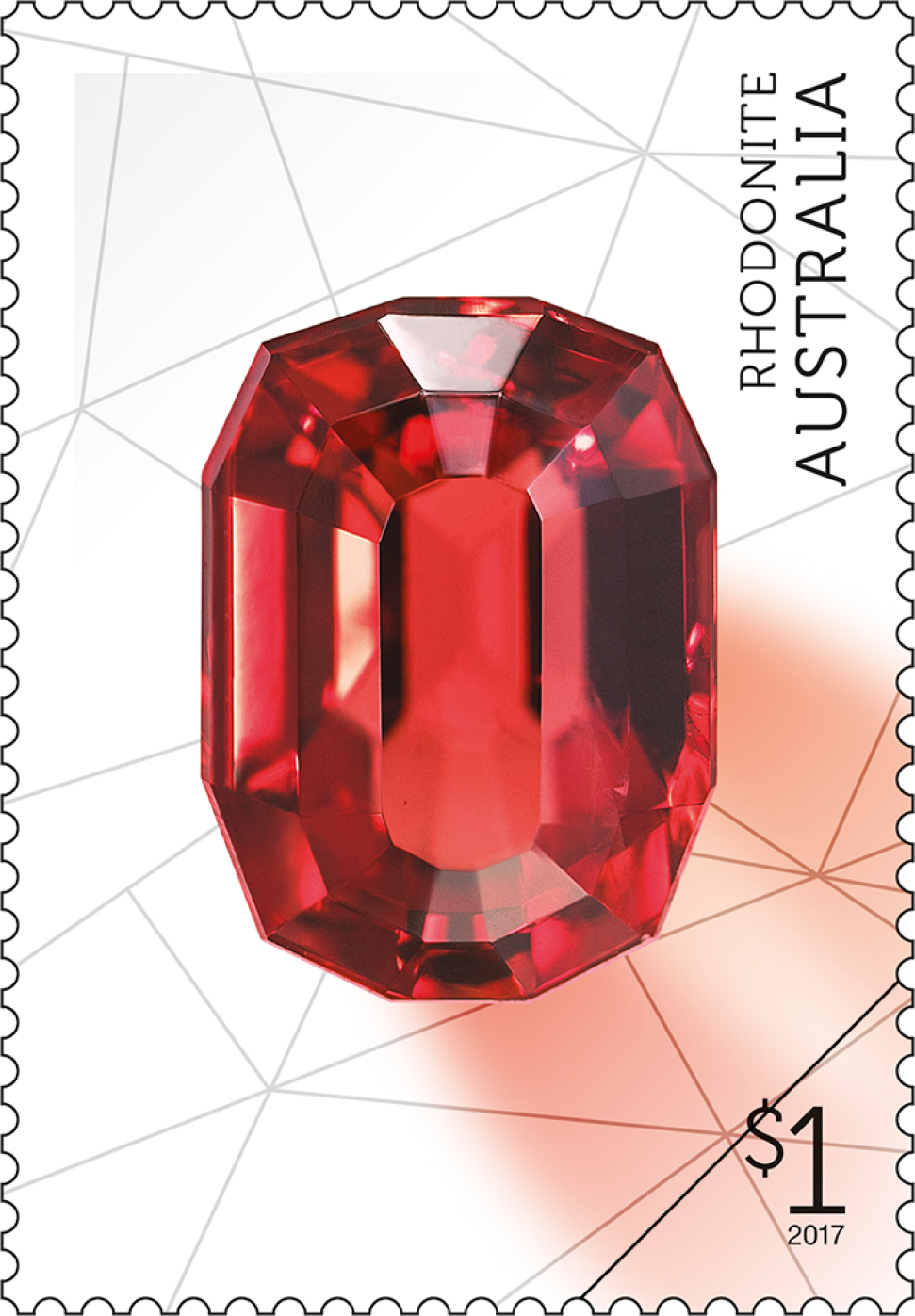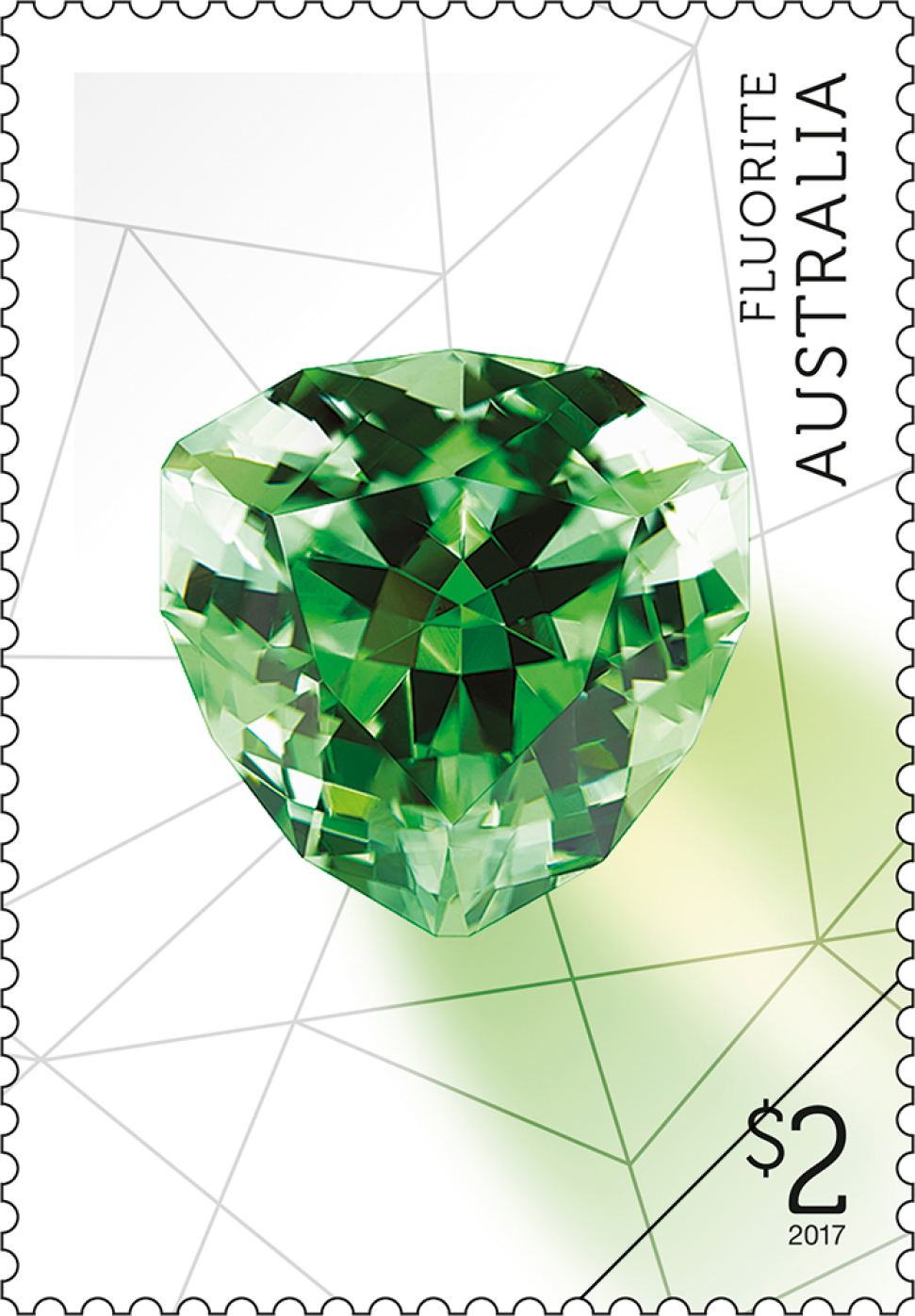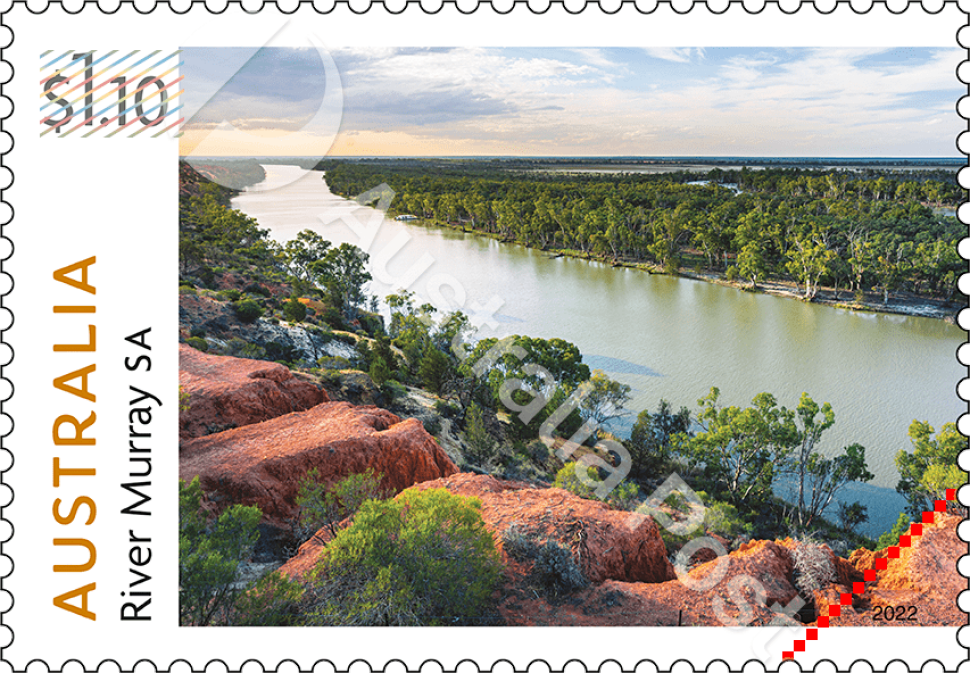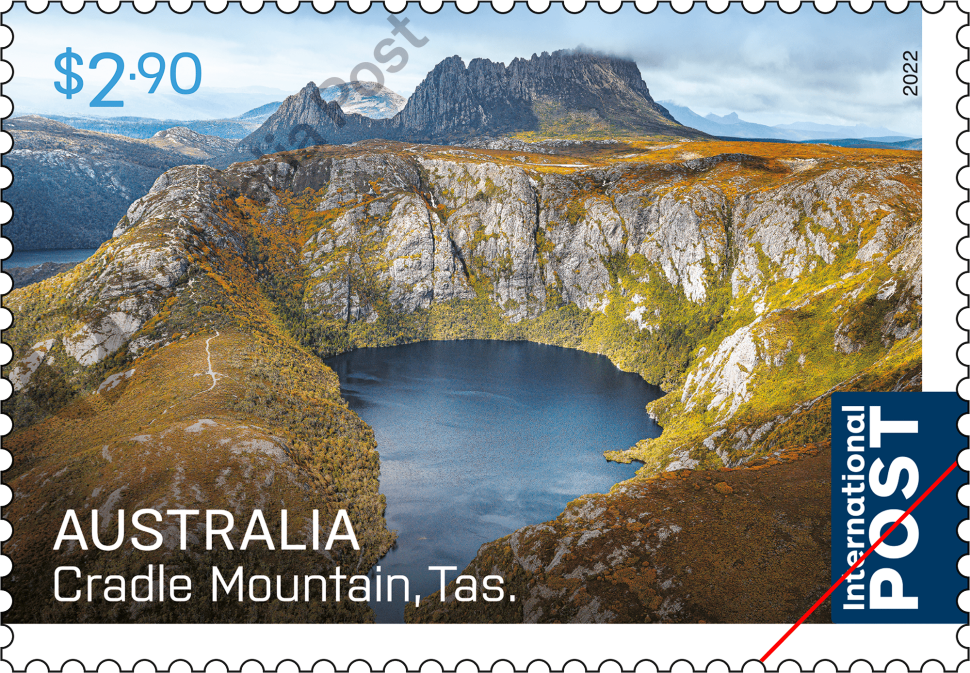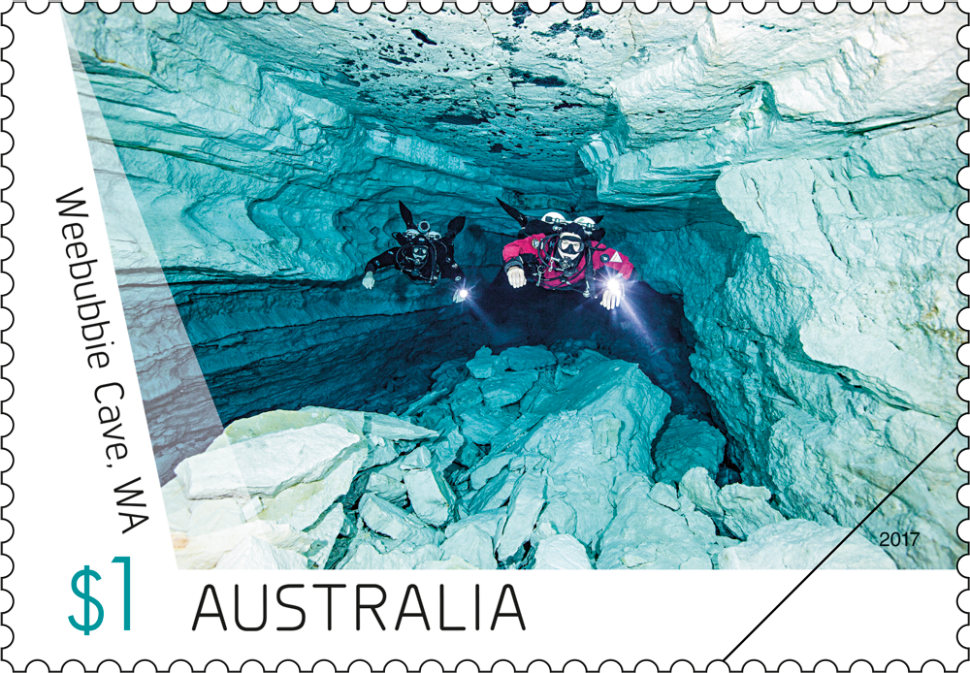Throughout history, gemstones have been used for personal adornment, ritual practices and as status symbols. During this time the cutting of gemstones has evolved from a limited practice using simple tools into a complex art that uses sophisticated technology to reveal a mineral’s hidden beauty. To be transformed into gemstones, minerals need the following qualities: hardness (resistance to scratches and general wear), beauty (colour, clarity and lustre) and rarity. The minerals must be large enough for cutting and the deposits rich enough to warrant the costs of extraction.
As well as widespread mineral deposits, Australia has so far provided more than 200 new minerals, discovered and named for the first time. Australia’s best-known gemstone is precious opal, which was officially designated the national gemstone in 1993. Around 95 per cent of the world’s opal comes from Australia and it is one of the few countries where precious black opal is found.
Australia is also known for its diamond industry, which supplies most of the highly valued pink diamonds in the world market. These come from the Argyle diamond mine in the East Kimberley region of Western Australia. Operating since the early 1980s, Argyle has for some years mined the greatest volume of pink diamonds in the world. Sapphires are also significant for Australia’s economy, with several mines in the eastern states contributing to the world market.
The four gemstones shown in the stamp designs are held in the mineral collection of the Australian Museum, Sydney. Two of these – the golden sapphire and the pink diamond – represent precious gemstones that are cut and polished as possible centrepieces for exquisite jewellery. The rhodonite and the fluorite exemplify stones that are valued as “collector stones”, rarities that are transformed by lapidaries into singular specimens for the pleasure of gem specialists.
Designer
Gary Domoney, Visua
Products released in this issue
- Minisheet
- Stamp pack
- First day cover (blank, gummed, minisheet)
- Maxicards
- Postal and numismatic cover
- Medallion cover
- Roll of 200
- Booklet of 10 x $1.00 stamps
- Prestige booklet
Technical specifications
- Issue date
- 30 March 2017
- Issue withdrawal date
- 30 September 2017
- Denominations
- 2 x $1, 2 x $2
- Stamp design
- Gary Domoney, Visua
- Product design
- Sonia Young
- Printer
- RA Printing
- Paper - gummed
- Tullis Russell Red Phos
- Paper - self-adhesive
- C100, RAF Unik
- Printer - rolls
- Pemara
- Printing process
- Offset lithography
- Stamp size
- 26mm x 37.5mm
- Minisheet size
- 180mm x 80mm
- Perforations
- 14.6 x 13.86
- Sheet layout
- Modules of 50. UV varnish, no gutter strip design
- FDI postmark
- Gembrook VIC 3783
- FDI withdrawal date
- 27 April 2017
Sapphire is a gem variety of the mineral corundum. It can be colourless or occur in a wide range of colours, including yellow, green, orange, purple and parti-coloured (two or more colours in one crystal). Used on its own, the term “sapphire” denotes a blue stone; other colours are given in the description, as in golden sapphire. Red gem corundum is called “ruby”. Blue sapphires are coloured by traces of the elements iron and titanium, golden sapphires owe their colour to highly oxidised iron and rubies owe their red colour to chromium.
Sapphire and ruby are the second-hardest gemstones after diamond. This durability, combined with their beautiful colours, makes them very desirable and wearable gemstones. Australia has produced huge quantities of fine sapphire, which washes out of the basaltic remnants of old volcanoes. The Anakie region of central Queensland is particularly known for its large, clear, green and yellow stones. Yellow sapphires can vary from pale yellow through to deep golden hues. The richest golden colours are typically found in Australia.
The golden sapphire shown in the stamp design entered the Australian Museum collection in 1984. It came from Tomahawk Creek, a sapphire field near Anakie. At more than seven carats, it is a sizeable stone and an example of the best golden sapphires from this part of Australia.
Rhodonite is a manganese silicate and found in a number of localities worldwide, including New England, New South Wales. Usually it occurs in opaque masses, pale to deep pink in colour and streaked with black manganese minerals. With other manganese minerals, it is an ore of manganese.
Red, transparent rhodonite is in a different class. The faceted gemstone featured in the rhodonite stamp design entered the Australian Museum collection in 2002 and weighs more than two carats. This stone is a rarity because of its rich red colour, its transparent gem quality and its regal pedigree. The material from which it was cut came from Broken Hill, New South Wales – Australia’s gigantic, now largely historic, orebody and the richest source of bright red, translucent to transparent rhodonite crystals in the world. Very few gemstones of any size have been cut from this red rhodonite, which survives today mostly as fine mineral specimens from old collections.
Diamonds are the hardest natural material and consist of only one element – carbon. They are naturally colourless but can accept the trace elements nitrogen, boron and hydrogen into their atomic structure, which impart colours such as yellow and blue. Green colours are caused by exposure to natural radiation.
Pink to red diamonds owe their colour to the punishing amount of strain they have endured since formation. Extreme pressures have created slight irregularities in their structure, which cause the crystals to absorb most of the colours of the light spectrum and transmit only pink to red. The colour of Australian pink diamonds can grade from pale pink to purplish pink and red. Typical inclusions are zones of colour (graining), etched fractures and small, colourless crystals, such as can be seen in the pink diamond shown in the stamp design.
Pink diamonds are known from few world localities and appear rarely. The world’s largest supplier of pink diamonds, Argyle mine has produced a regular supply of these exceptional diamonds since it opened in 1983.
Fluorite is a calcium fluoride. It is an important source of fluorine for the chemical, metallurgical and ceramic industries. Although fluorite is not uncommon it does make an unusual gemstone. In its pure state fluorite is colourless, but its structure enables it to accept many trace elements that give it colour. As a result, fluorite gemstones can vary greatly in hue, from colourless to attractive pastel shades to red, purple and blue.
Fluorite is a gemstone for collectors and museums. The stone in the stamp design is a large, clear, perfectly cut stone of 147 carats. It was faceted in 2001 from material that entered the Australian Museum in 1918 and came from Rumbsy’s Mine, The Gulf, New England, New South Wales.
This content was produced at the time of the stamp issue release date and will not be updated.

